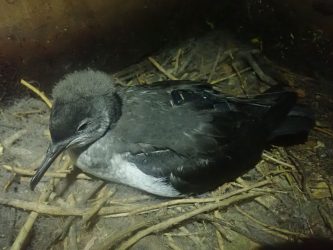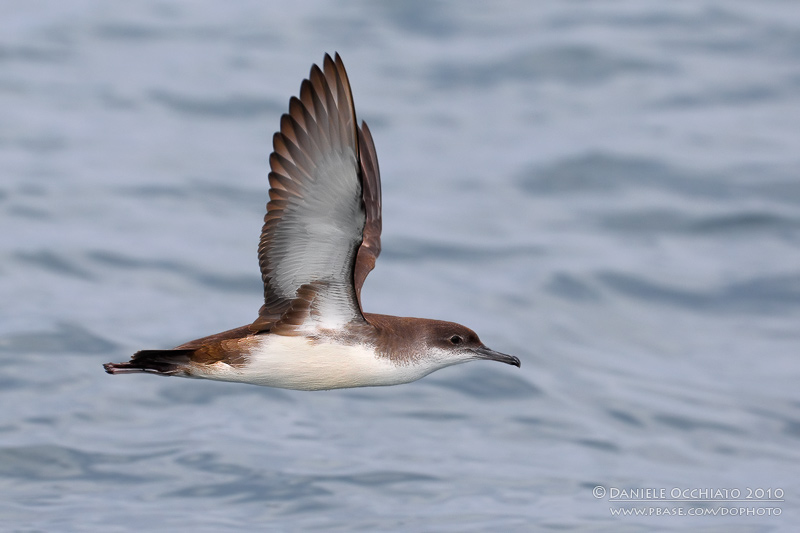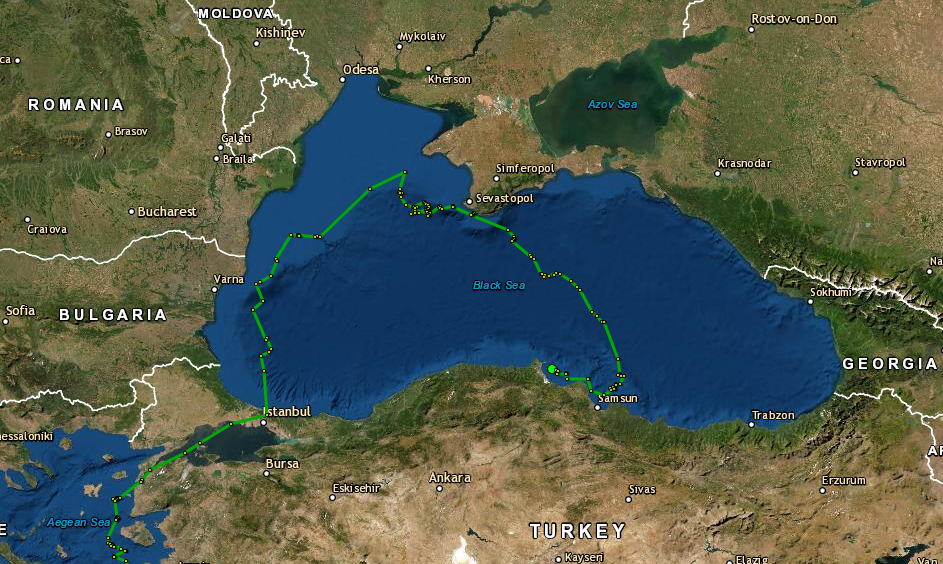• Species: Yelkouan shearwater (Puffinus yelkouan)
• Study sites:
Northeastern Malta (L-Aħrax tal-Mellieħa) – Partnership with Dr Marie Claire Gatt and Dr Benjamin Metzger
Zembretta Island (Zembra Archipelago, Tunisia) – Partnership with Dr Aida Abdennadher and M. Ridha Ounhi


(photo credit: Benjamin Metzger)

(photo credit: Daniele Occhiato)
05.09.22 – All our GPS-GSM deployed in Malta and Tunisia on Yelkouan shearwaters have now stopped transmitting – roughly around the same period as for our tracking of Croatian yelkouans last year. Fixed to the bird feathers with water-resistant tape, the transmitters are expected to come off after a few weeks, in order to make the study minimally intrusive for a species classified as Vulnerable by IUCN (2018). It is now time to draw some preliminary conclusions at this stage, based on our two seasons of tracking.
03.08.22 – Over two weeks ago, we lost the signal of the father of the maltese family 2 (MM2) right after he reached Istanbul. We suspected, based on our 2021 study that it had immediately entered the Black Sea, where we lost its signal, away from the coast (…and from GSM antennas!). This morning MM2 flew close enough to Sinop (northern Turkey) for us to capt its signal … and retrieve its whole track since he crossed the Bosphorus : its route covered Bulgaria, Crimea Sevastopol before a descent to the southern Black Sea.

22.07.22 – We now have some three weeks of data (in certain cases less, since we equipped our last ‘Tunisian’ birds just a few days ago in Zembretta). A few preliminary remarks impose themselves to the alert viewer of our maps:
• all Maltese birds veer eastwards, two of them following an early visit to Djerba (Tunisia) and Tripoli (Libya) areas respectively;
• two Maltese adults (both males) reached the Black Sea where we lost their signals as soon as they were a few miles north of the Bosphorus;
• Maltese juveniles are adventurous, exploring quite different areas including (for the first time in our study) the coastal waters of northern Egypt where one of them (MJ10) was found unfortunately dead on the shore of the Nile delta last week; two juveniles (MJ2 and MJ9) are now moving up north along the Anatolian shore, following a very similar route for the past few days.
• Tunisian birds for their part show a tendency to fly directly eastward, where we quickly lose their track (for the time being) except for TJ5 that we followed as far as Antalya Bay. We are keen to see if some signals will be captured later to the west of Bizerte, or never in that direction.
